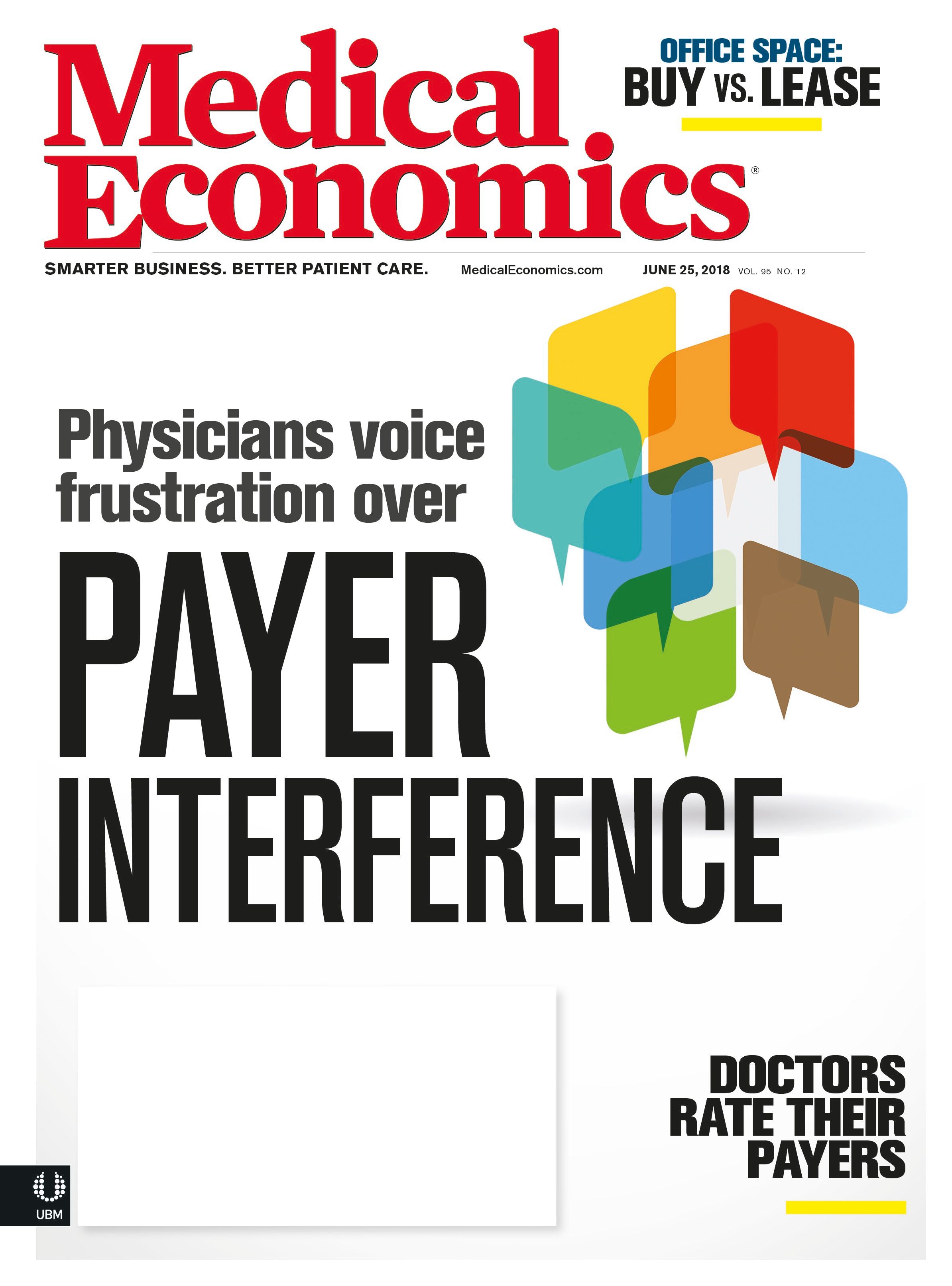Publication
Article
Medical Economics Journal
Lessons from the Las Vegas shooting
Author(s):
On Sunday, Oct. 1, 2017, Scott Scherr, MD, regional medical director for Team Health at Sunrise Hospital in Las Vegas, Nev., received a text message that no physician wants to read: an active shooter was on the Las Vegas strip.
The gunman had opened fire with a semi-automatic weapon on concertgoers attending the Route 91 Harvest Music Festival. Considered the deadliest mass shooting by an individual in the United States, 58 people were killed and 851 more were injured.
Scherr jumped into action. “I just got on my scrubs and went into the hospital and got there shortly after all of the patients started to arrive. It was a crazy night,” he says.
Scherr had never seen a crisis of that magnitude in the ED. “We documented 215 patients that night, all of whom came in within the fi rst fi fteen minutes to an hour after the first shots.”
Under Scherr’s lead, the staff of the ED launched immediately into triage mode. Patients already in the 50-bed ED were moved to a smaller area or discharged. The space required for the shooting victims spilled over from the adult emergency department into the pediatric emergency department, he says. His step-tracking app revealed he put in 12.5 miles going to different stations and checking on the needs of patients and staff that night.
“Communication was difficult,” he recalls. Staff communicated primarily by walkie-talkies, but the sheer number of casualties threatened to overrun their resources. Fortunately, he was able to enlist 20 off-duty staff to come in and assist.
His medical school training to triage trauma victims by a color-coded system came in especially handy: Red-coded patients were the most critical and needed immediate care. Yellow patients had non-life threatening injuries but required observation. Green patients were walking wounded who would need medical care at some point. Patients coded black were not likely to survive. This allowed the staff to see, at a glance, who needed to go to the operating room most urgently, and how to prioritize their attentions.
Of the 215 patients arriving at the ED, there were over 60 admissions, 31 of them critical, and about 160 of them with shrapnel injuries or orthopedic injuries. The scope of the crisis pushed staff to sacrifi ce traditional procedures in order to focus their energies on saving lives.
First, they bypassed bureaucratic holdups on getting patients the blood and medications they needed by freeing up all O-negative blood and crucial medications, the latter of which pharmacists brought for nurses to keep in their pockets.
Next, they came up with a radiology workaround. “One of our radiologists followed the X-ray machine around and wrote the read on the patients’ gurneys. If they needed any immediate intervention, they would directly communicate with physicians,” Scherr says.
After they realized computer data entry was costing them time they didn’t have and not allowing for proper documentation in the chaos, they moved to a paper system, a step he highly recommends for mass casualty incidents. He is especially proud that “egos were all thrown out the window,” as staff worked side-by-side to handle the influx of patients.
While emergency medical personnel see a lot of crises, Scherr says, “We are not used to seeing this scope of terror.” Treating such trauma left a lasting impact on staff, who processed the event in different ways. “The most important thing is to take your debriefing seriously,” Scherr urges.
Though this shooting may seem like a freak event, he urges any practice or medical system to be prepared for such an incident. “Mass casualty incidents are becoming more common. I’d like to say this was the last time this is going to happen, but that’s just not reality.”






